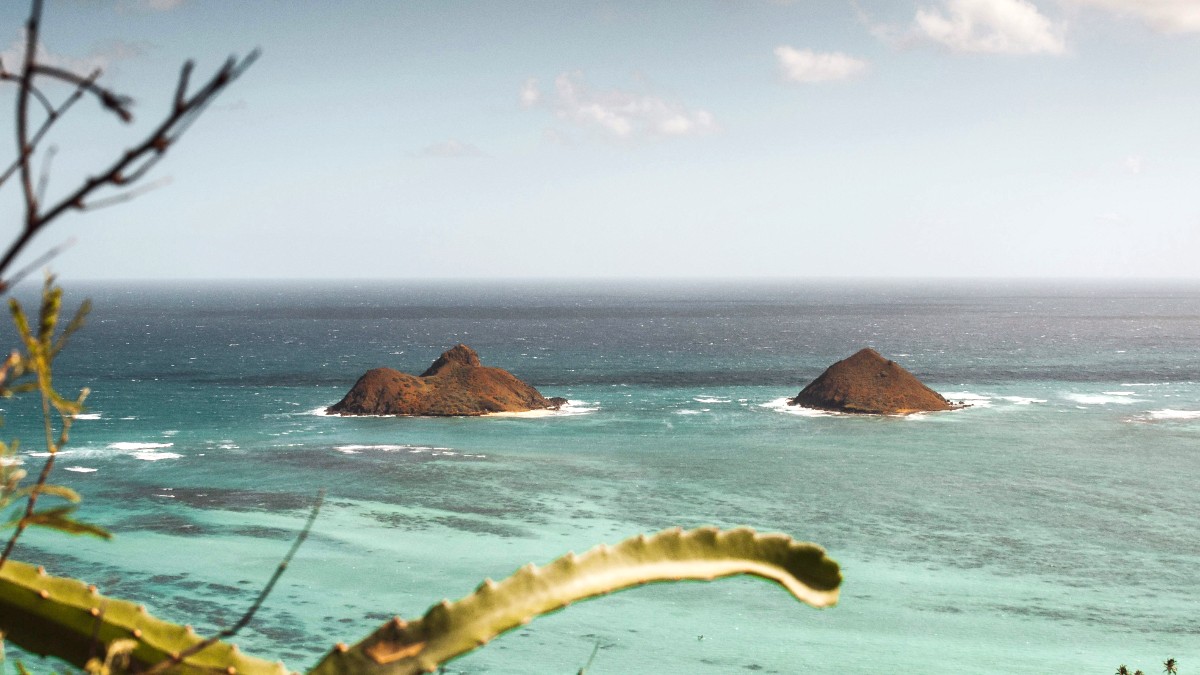
Hawaii, USA
Kailua presents an escape from the rush of daily life, inviting you to slow down and connect with nature's rhythm. You spend your days paddling to offshore islands, hiking to panoramic viewpoints, or simply relaxing on a beach consistently ranked among the world’s best. Kailua is more than a destination; it is an experience, promising both adventure and deep relaxation.
Kailua Bay features calm, clear waters, protected by offshore reefs and the bay's natural curve. Kawainui Marsh, Hawaii's largest wetland, habitat for native birds.
The proximity of mountains, marsh, bay, and beaches creates a diverse landscape and a rich natural environment.
The name 'Kailua' translates to 'two seas' or 'two currents,' reflecting ancient Hawaiian connections to the environment. Historically, Kailua held immense importance for Hawaiian aliʻi, or royalty. Its fertile lands, fed by mountain streams and the bounty of Kawainui Marsh, offered abundant resources. This made Kailua a favored residence for chiefs.
The region was also a center for early Hawaiian agriculture, with kalo (taro) cultivation being a main activity. Kalo was a staple food, providing poi, a fermented paste that formed a core part of the traditional Hawaiian diet. The land's productivity sustained a thriving community for centuries before European contact.
Kailua transitioned from an agricultural community to a residential area, notably after the expansion of military bases nearby like Marine Corps Base Hawaii at Kaneohe Bay.
Many military families and personnel sought housing, drawn by the pleasant environment and proximity to the base. This contributed to the town's growth and infrastructure.
The town maintains its relaxed, local feel. Efforts continue to preserve cultural and natural heritage, especially around Kawainui Marsh and other historical sites.
Influx of residents shaped Kailua into the community it is today.
Despite development, preserving cultural and natural sites remains a local priority.
The Kawainui Marsh was a sophisticated system of fishponds and agricultural plots. It sustained large populations and holds significant cultural and ecological value. This area reflects a deep connection to the land and traditional Hawaiian practices.
The region's rich resources supported a thriving community for centuries, a testament to the sustainable practices of ancient Hawaiians.
Even with modern development, Kailua retains its connection to its past, a relaxed community feel, and efforts to preserve cultural and natural heritage.
The name "Kailua" reflects ancient Hawaiian wisdom and deep connection to the environment, signifying "two seas" or "two currents."
Kailua offers a distinct Hawaiian experience, different from the bustling, high-rise environment of Waikiki. This town embraces a more laid-back, community-oriented lifestyle, emphasizing outdoor activities and natural beauty.
40,514 residents (2020 Census), fostering a close-knit community feel.
10.6 square miles (27.5 sq km), offering ample space without feeling dense.
English is the main language; Hawaiian words and phrases appear in daily conversation and place names.
Kailua's economy relies on tourism, residential services, and small businesses. Its tourism sector integrates with local life, focusing on vacation rentals, local eateries, and small shops.